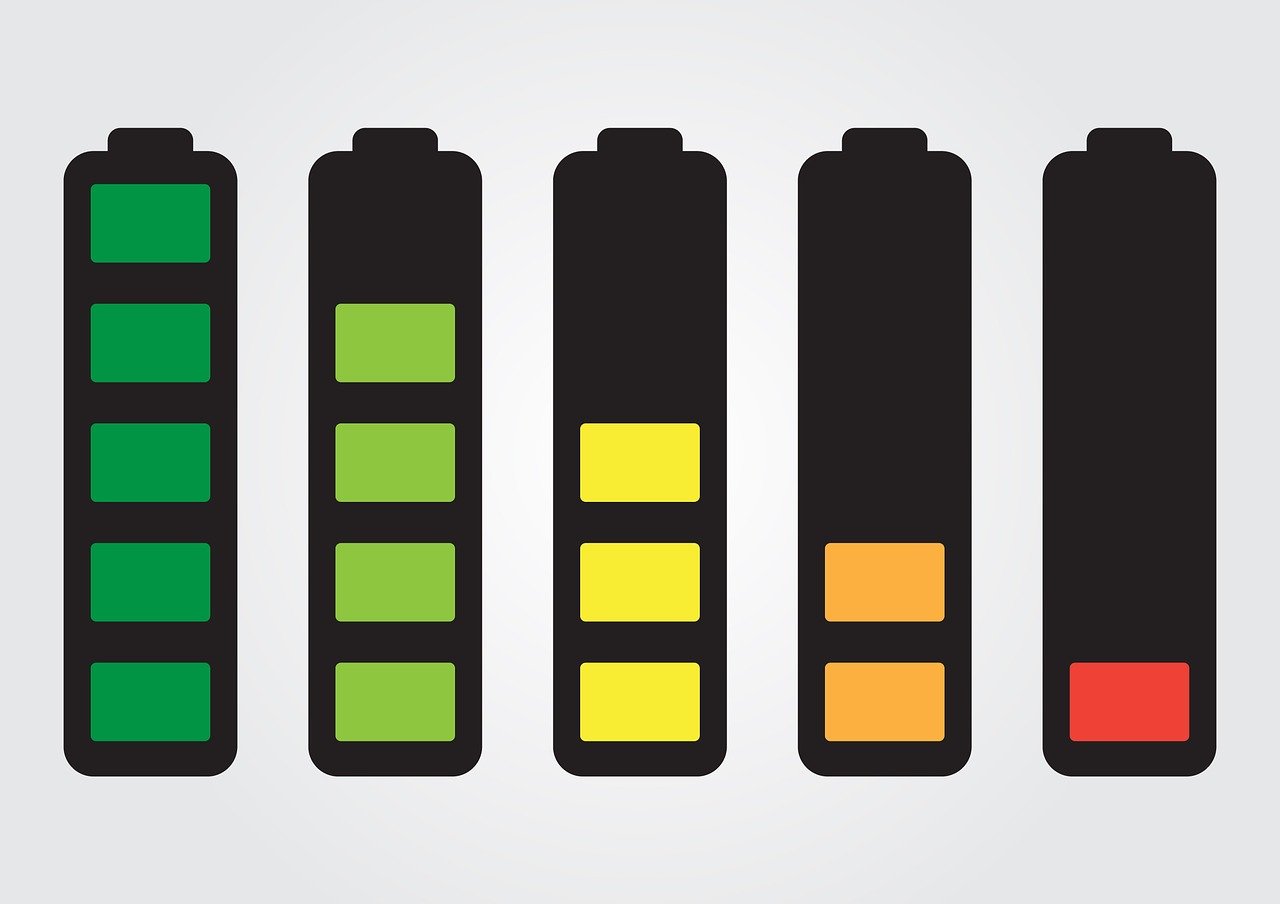Batteries and their loss of charge

February 3, 2023
Today’s world lives with daily expectations: the battery is insufficient. Charging from your phone and smartwatch to a drill or light is a daily chore because of the constant use that is given to them, but because there are times when they are not left and in the process, they still lose power.
Charging the device to 100% is something that takes seconds or minutes because there is no way to prevent the battery from discharging even if it is inactive or turned off. Therefore, even two stored batteries will eventually wear out, and it may happen that if you want to use them again, they are no longer useful.
Battery wear and tear
Energy never stands still; it is always on the move and is therefore ready once it meets a device. Although batteries manage to store this energy in a compact space, internally the process is still going on.
In this way, the electrodes that are stored continue to move, despite having the device turned off or removing the battery because, they continue to light up thanks to the chemical reaction inside the battery, although in a much gentler way than in operation. This is called self-discharge, which is the electrical discharge in the absence of an external load on the battery, and it is something that cannot be avoided, but it can help to avoid the impact from being a problem.
How to improve battery life?
Keep the battery charged
recharging the cell phone to keep it in a range between 20 and 80% of the battery is beneficial for the life of this component. Other studies claim that it is even better to keep it between 40 and 80% -and even going to the extreme, between 40 and 60%-, although it is difficult to determine, and shortening these margins ends up limiting the options for using batteries in all kinds of developments, from mobiles to electric cars.
Slow self-discharge
Although not all batteries work the same and each self-discharges differently, for example, lithium batteries have a deterioration rate of 2 to 3% per month, while nickel metal hydride batteries have a deterioration rate of 25 to 30% per month. There are general methods to minimize wear and tear.
The first thing is that if a battery is not being used, it is best to keep it in a cold place, without going to the extreme of putting it in a freezer because it can be completely damaged. So the best option is to opt for a cool space, such as a basement, and keep them away from places like a workshop or garage.
It is also important to follow the instructions of each device to take care of the battery, one of the most frequent recommendations is to remove the battery if it is not going to be used because this can also oxidize the contact place, especially if a battery is completely discharged because it starts to release chemical elements.
Battery charging
New generations of lithium-ion or lithium-polymer batteries do not suffer from being connected to the power supply for long periods to charge them. In many cases, the batteries simply disconnect the input flow when they detect that they are already 100% charged.
Only if this charge is reduced will the battery charge be activated again, but it will do so in small intervals that allow, for example, that when we get up, we have the cell phone charged to 100% but also without it being hot as it could happen if we take the device as soon as that level is reached.








